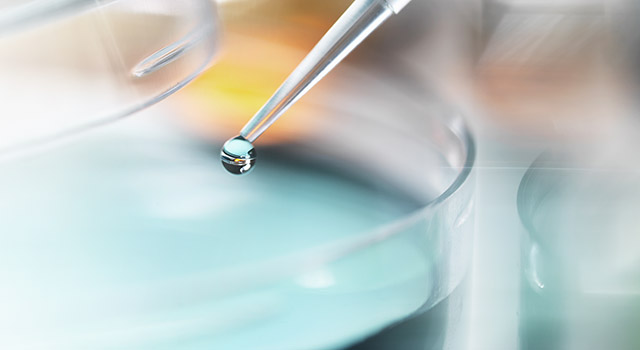Intrauterine insemination is a procedure that involves placing sperm past the cervix and into a woman’s uterus around the time of ovulation. It makes it much easier for sperm to reach the fallopian tube, increasing the chance of more sperm encountering the egg. Your Gen 5 Fertility center provider may perform intrauterine insemination as a first treatment for unexplained infertility. The procedure can also be used in couples with infertility associated with endometriosis, ovulation problems, and semen allergy.
What happens before intrauterine insemination?
Before the procedure, your partner provides a semen sample at the fertility center or your doctor’s office. If you are using donor sperm, it will be thawed and prepared. Non-sperm elements in semen can cause reactions in the woman’s body, interfering with fertilization. For this reason, the sample is washed to separate active, normal sperm from low-quality sperm and other elements. Using a small sample that is highly concentrated with sperm increases the likelihood of achieving pregnancy.
You will also monitor for ovulation using an at-home urine ovulation predictor kit; this will help you know when your body produces a surge of luteinizing hormone. Alternatively, your healthcare provider might use an imaging method (transvaginal ultrasound) to visualize your ovaries and egg growth. You may receive human chorionic gonadotropin injections or medications so your ovaries can release several eggs at the right time.
Finally, the doctor determines the optimal timing for the procedure. Intrauterine insemination is usually done a few days after ovulation, usually a day or two. Your healthcare provider will have a plan spelled out for the timing of the procedure.
What to expect during IUI
The procedure might occur in a clinic or your provider’s office; the entire process usually takes about 15 to 20 minutes, but the actual procedure takes a minute or two. Intrauterine insemination involves no incisions and is painless; no medication or pain relievers are necessary. You will lie on an exam table with your keg in stirrups. Your doctor or a specially trained nurse will insert a speculum into the vagina, the same as during a Pap test. They will then attach a vial containing healthy sperm to the end of a catheter. Next, the doctor inserts the long, thin, flexible tube (catheter) into the vagina and the uterus. They will then push the sperm sample through the tube into the uterus and remove the catheter and speculum.
How successful is intrauterine insemination?
The success of IUI will vary between women, based on the cause of infertility. The procedure works best in patients with unexplained infertility, men with ejaculation problems, and women with a cervix that limits sperm passage. Intrauterine insemination is not the best treatment for men with low sperm counts or severe sperm abnormalities. It is also not helpful for women with severe fallopian tube disease, severe endometriosis, or a history of pelvic infections. If your fertility results from these issues, your healthcare provider will suggest other fertility treatments. A woman’s age also determines the success of intrauterine insemination; the chances of achieving pregnancy are higher in younger women.
If you have further questions about intrauterine insemination, consult your provider at Gen 5 Fertility.







